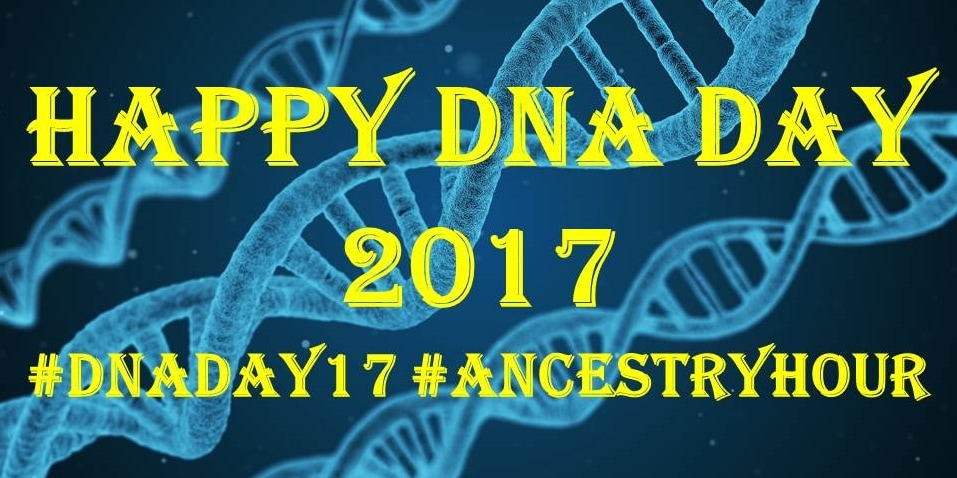
DNA Day celebrates two momentous moments in DNA history; the discovery of the double helix which was presented in the Journal "Nature" published on 25th April 1953 and the completion of the Human Genome Project in April 2003.
The most important thing to note about DNA Day now, though, is that each year we get some fantastic sales from most of the major DNA testing companies! If you have been thinking of testing yourself or other family members, DNA Day is always a good time to pick up some additional DNA kits and 2017 is no exception.
Here is a round-up of the sales on offer for DNA Day this year:
The price of the AncestryDNA test in the UK has been reduced by 25% from £79 to £59 for DNA Day
(Please note that this does not include shipping which is £20 for the first kit and £10 for each additional kit)
*Sale end 26th April (although it appears it will continue until 2nd May for pre-existing customers)
Ancestry are also running DNA Day sales in Ireland, USA and Canada:
Ireland: Price reduced by €25 from €95 to €70
Shipping €20 per kit and €10 per additional kit
*Sale ends 26th April
USA: Price reduced by 20% from $99 to $79
Shipping $9.95 per kit
*Sale ends 26th April
(AncestryDNA is also sold by Amazon in the US with the 20% off plus Free Shipping - see HERE)
Canada: Price reduced by $30 CAD from $129 CAD to $99 CAD
Shipping $19.95 CAD per kit
*Sale ends 25th April
The FTDNA DNA Day sale runs for a week this year - it began on 20th April and ends at 11:59pm (CST) on 27th April
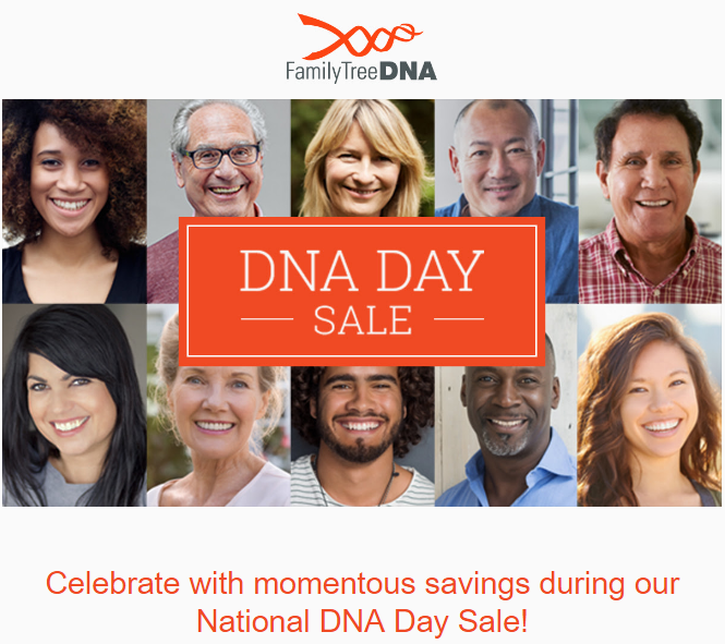
FTDNA sells worldwide, all prices are in US dollars and shipping is not included (shipping costs $12.95 (£10) per kit but return postage is only included for US kits).
Additionally if you have tested at Ancestry or 23andMe you can now transfer into FTDNA's Family Finder database and get all of your matches for free - if you wish to unlock access to all of FTDNA's tools and features it costs a modest $19 per kit. HERE is a link to the autosomal DNA Transfer programme. Please be aware if you tested at Ancestry after May 2016 you will only get access to your highest confidence matches at FTDNA due to the fact Ancestry began using a different chip at that time. If you wish to gain access to all of your lower confidence matches you can choose to take FTDNA's own autosomal test after transferring for a reduced fee of $59 (£46) - this is in line with the current sale price.
LIVING DNA
*Sale ends 26th April
They are also offering DNA Day sales in other countries:
EU: Price reduced by €30 from €159 to €129
US: Price reduced by $40 from $159 to $119
Canada: Price reduced by $40 CAD from $199 CAD to $159 CAD
Australia: Price reduced by $40 AUS from $199 AUS to $159 AUS
Living DNA are a relatively new entrant to the market but a very interesting one. Their test gives a detailed regional breakdown of UK Ancestry and also includes Y-DNA and MtDNA haplogroup information. Please note that Living DNA currently do not offer a matching database but this has been promised in the near future.
It is also still possible to transfer into MyHeritage for free from any of the other major companies - HERE is a link to upload your results to their site. As new testers take the MyHeritage test their database will grow and you will begin to see unique matches here.
23ANDME
There has been no indication that 23andMe will be holding a sale for DNA Day - their test, which includes autsomal matching, Y-DNA and MtDNA haplogroup information and certain health reports, can be purchased in the UK for £149.
In the USA, however, there is a 23andMe sale for Mother's Day taking place with $20 off until 14th May (limit of 2 per person).
23andMe's CEO and Co-Founder, Anne Wojcicki, recently announced in a Bloomberg interview that they now have over two million people in their database so testing here cannot be overlooked especially if you have a mystery to solve. Hopefully there will be other sales throughout the year.
If you're not sure which test to go for in the sale or you just wish to chat about DNA testing for genealogy pop along to #AncestryHour tonight at 7pm where I will be on hand to answer any queries.
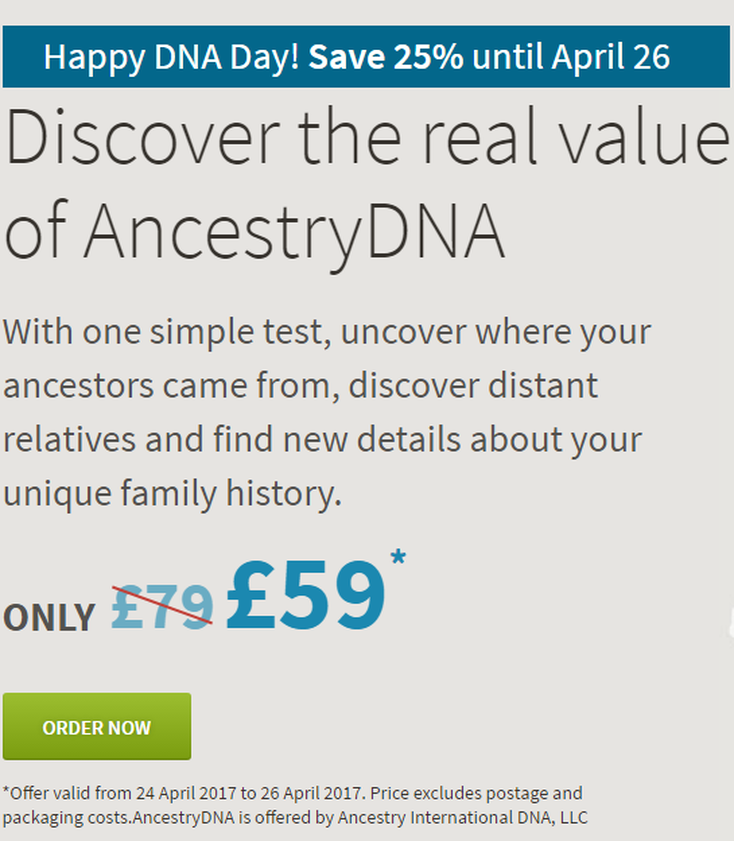
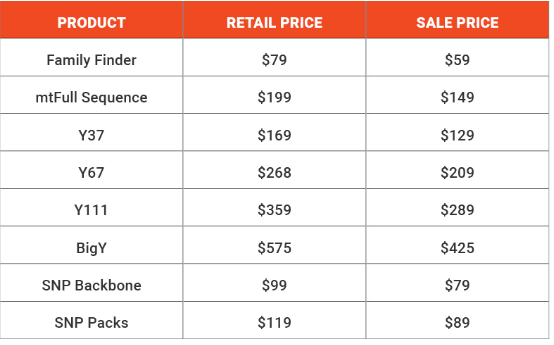
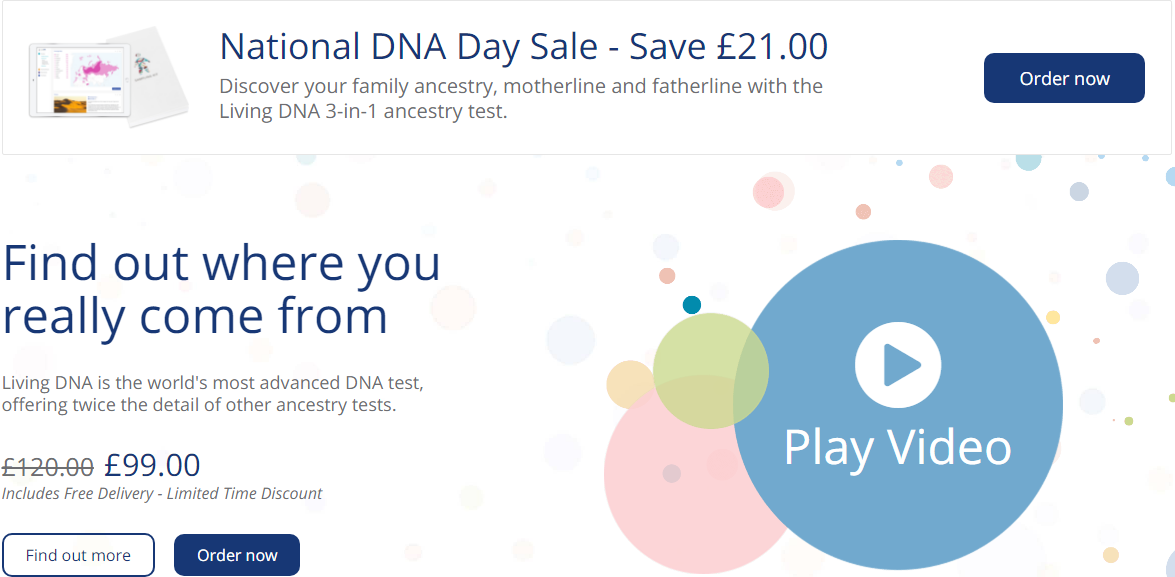

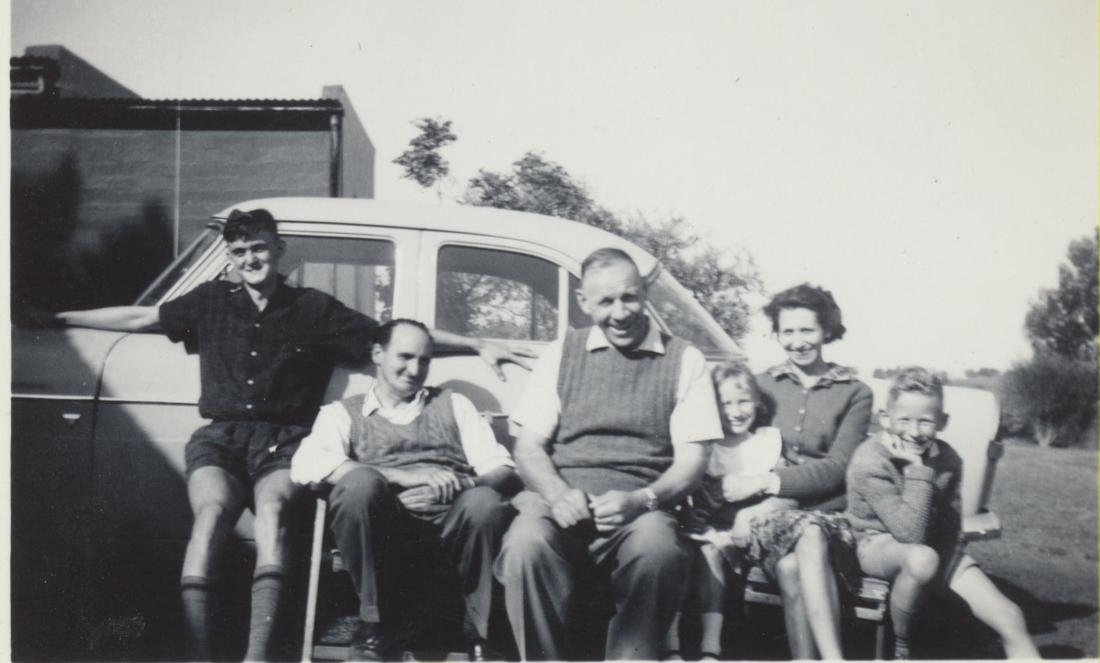
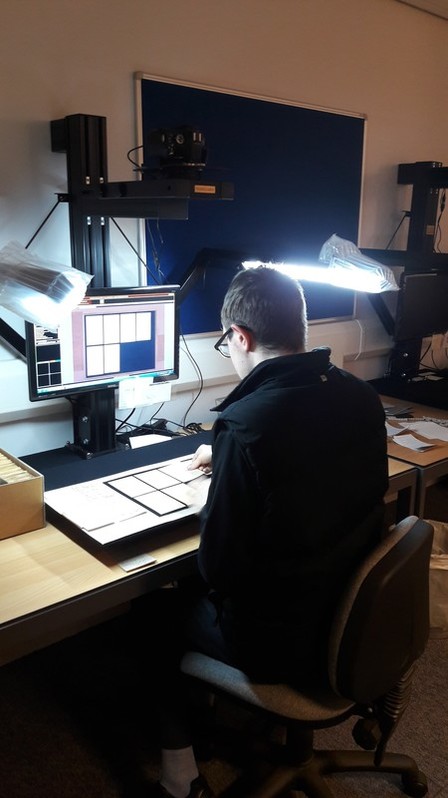
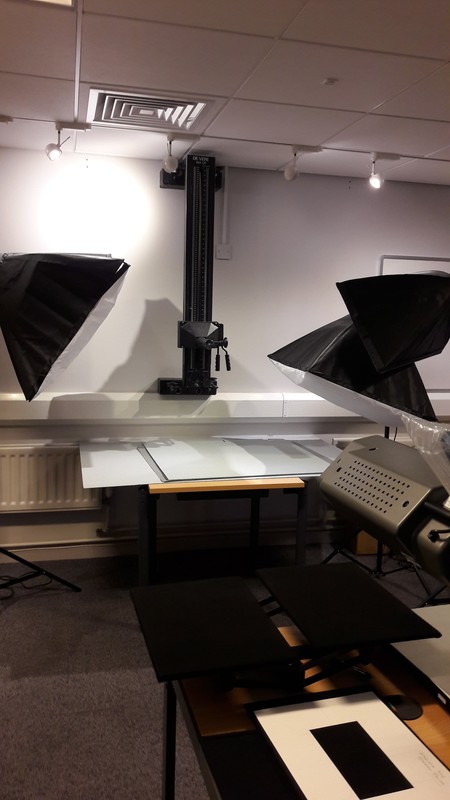
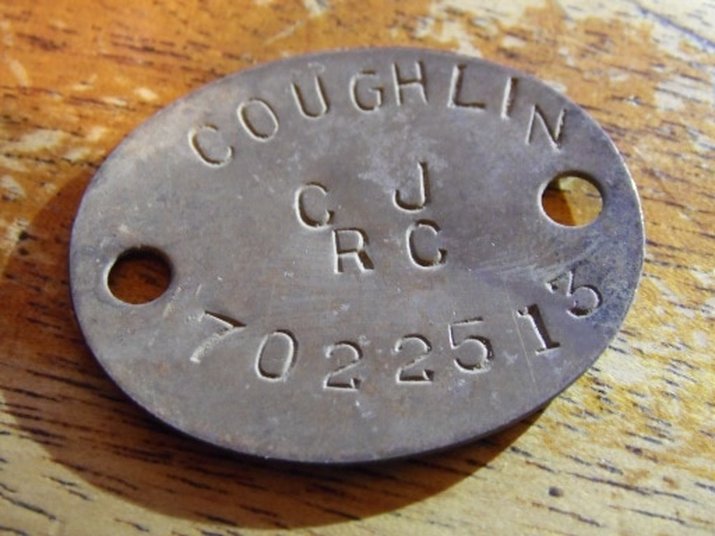
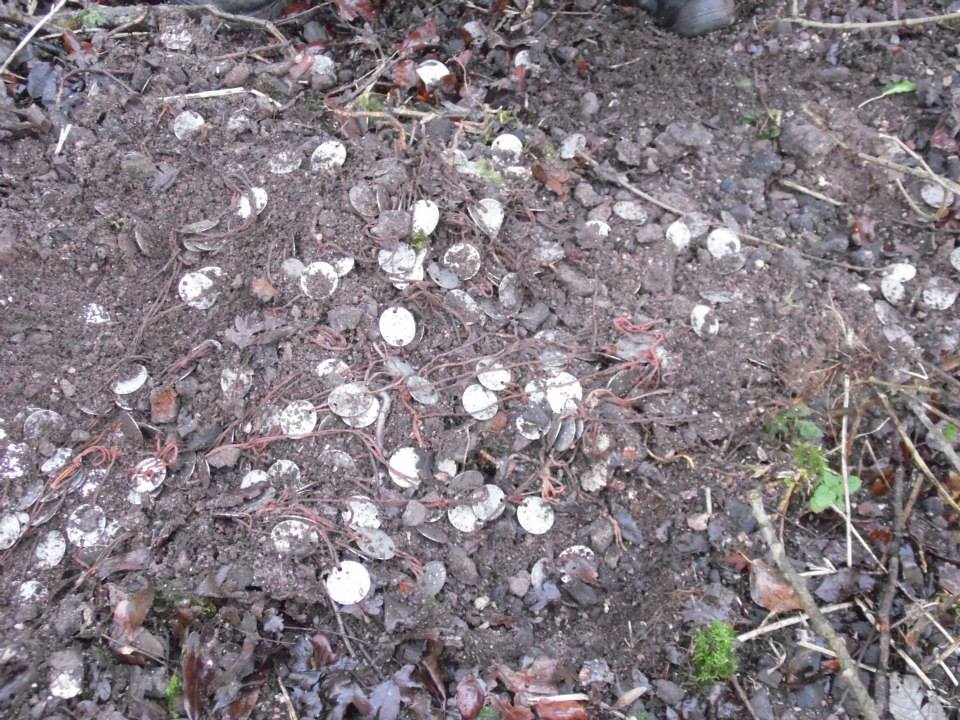
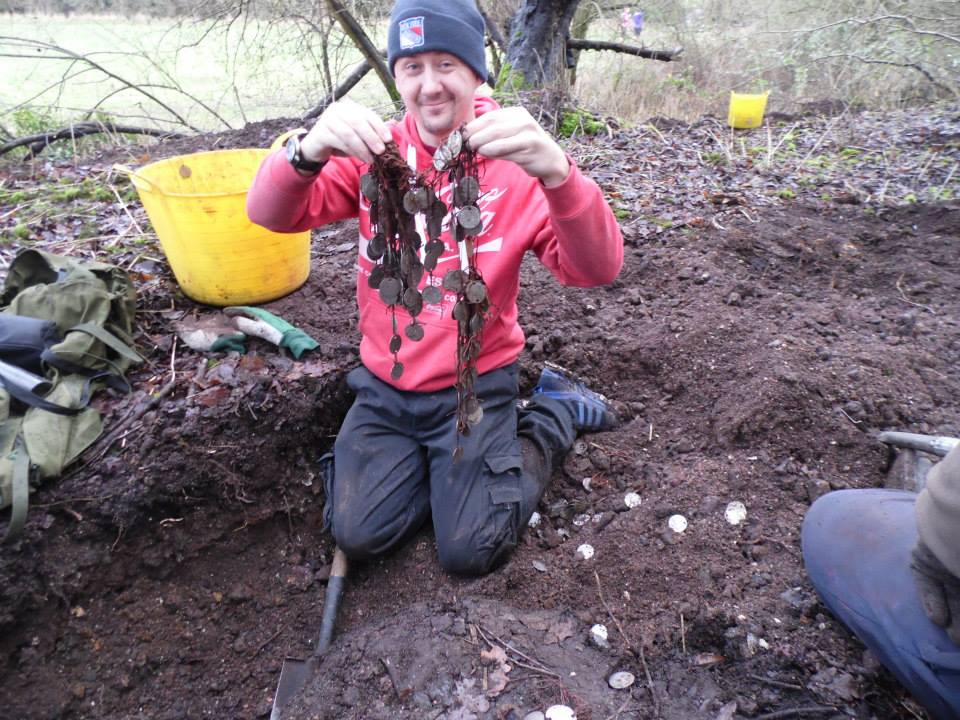
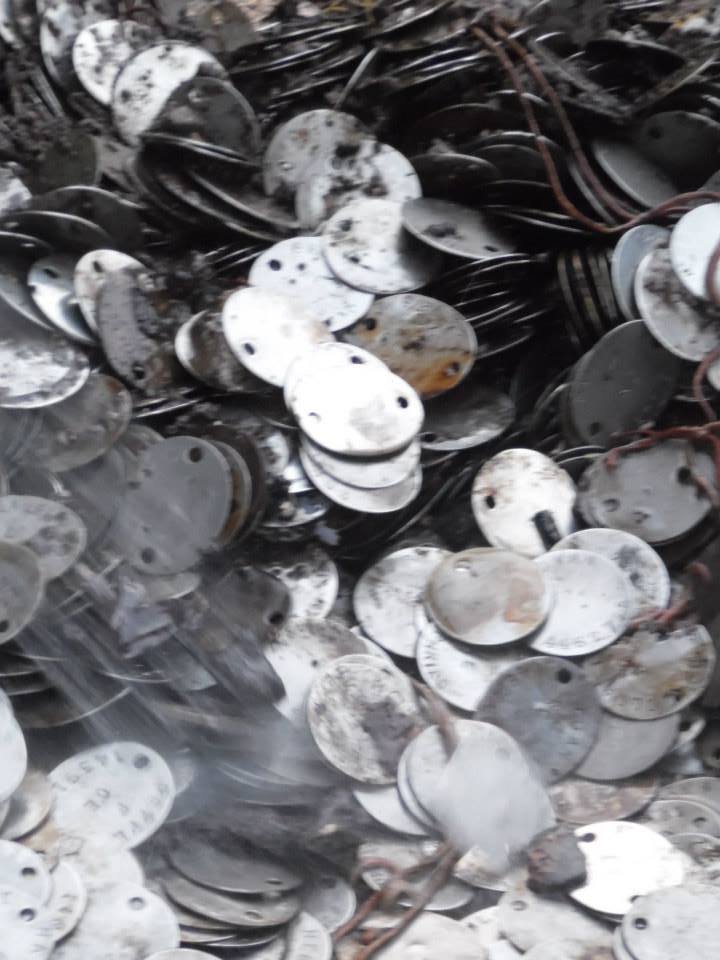
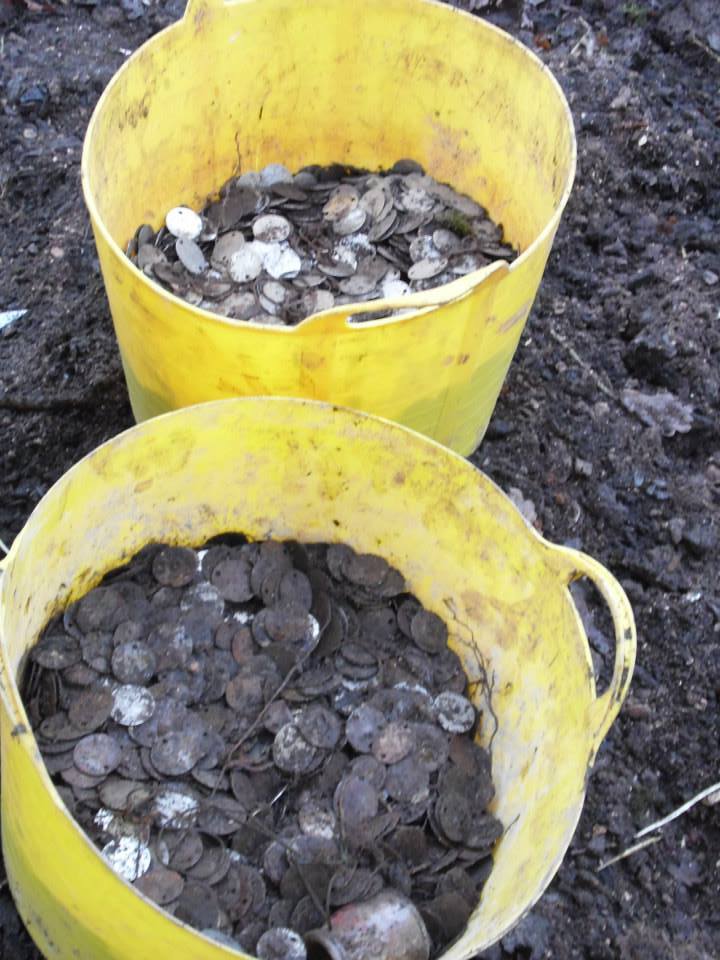
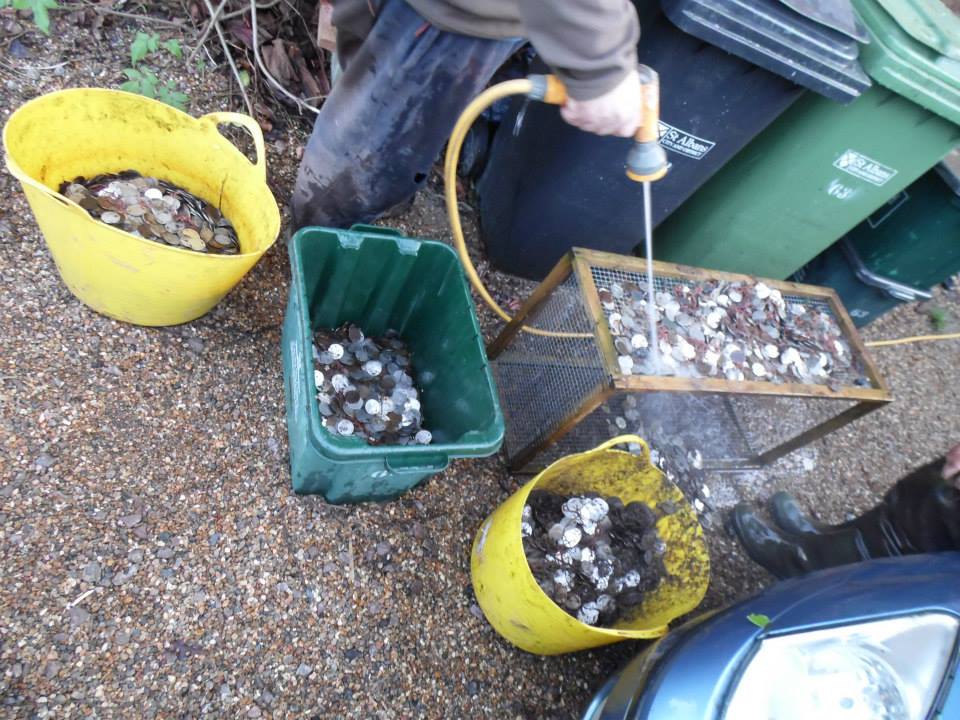
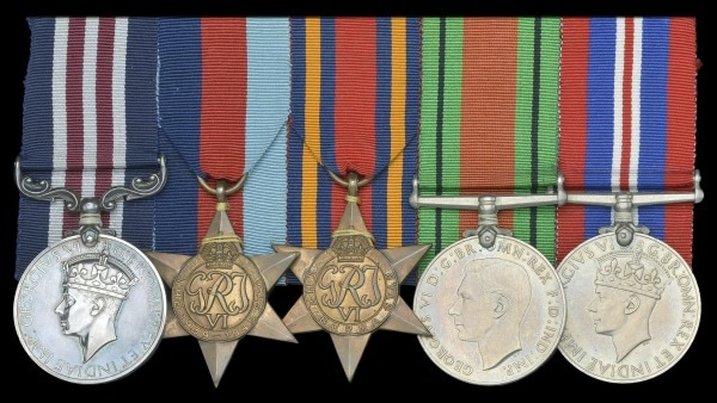
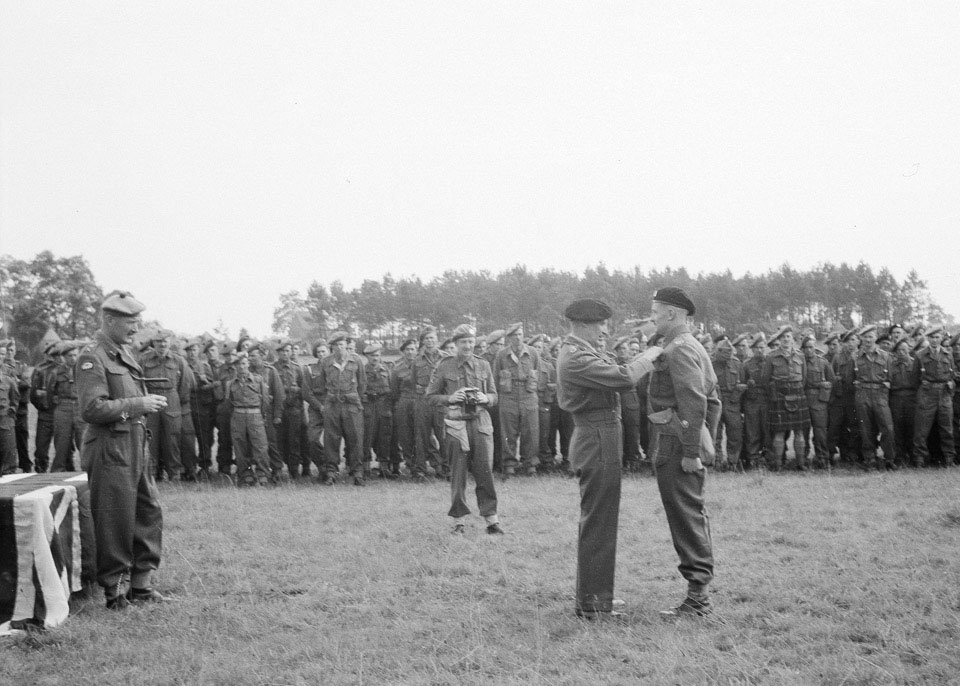
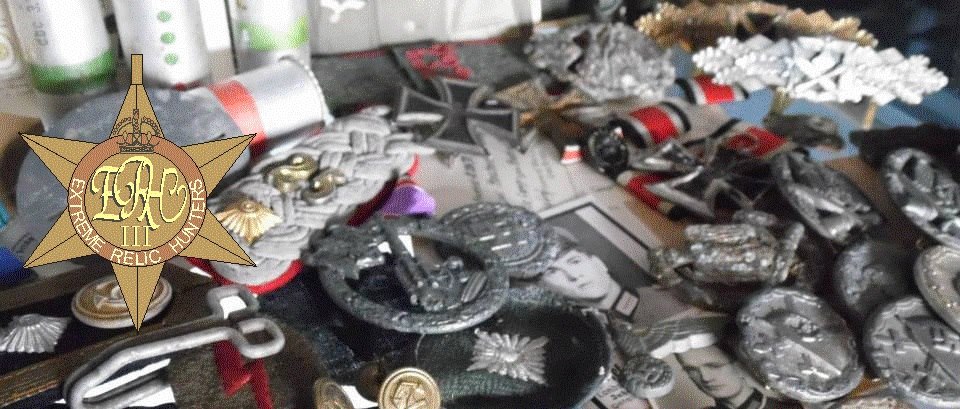
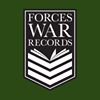
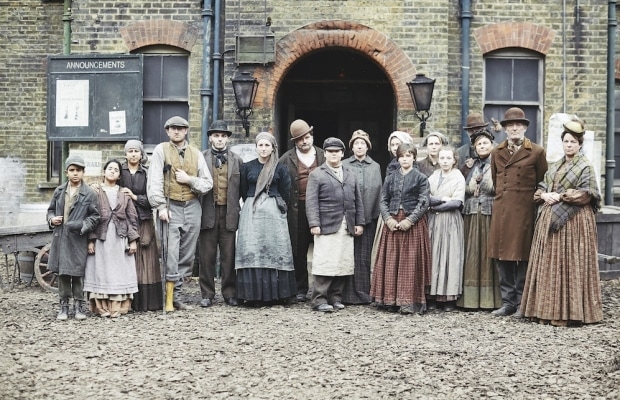
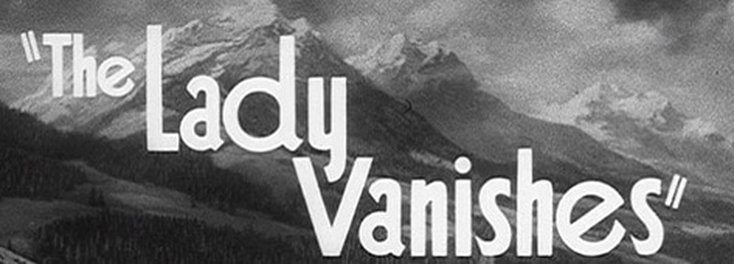
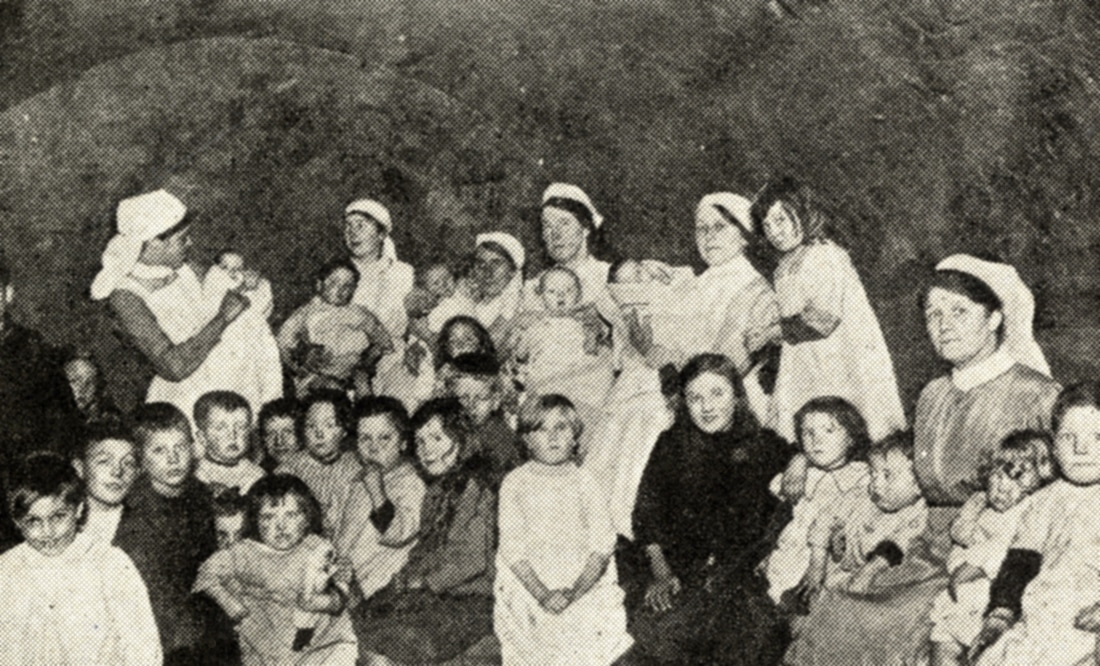
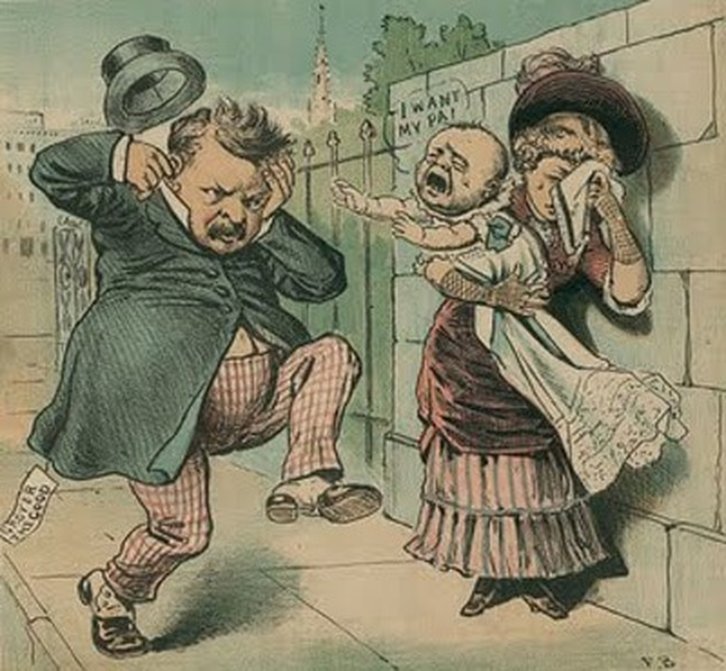
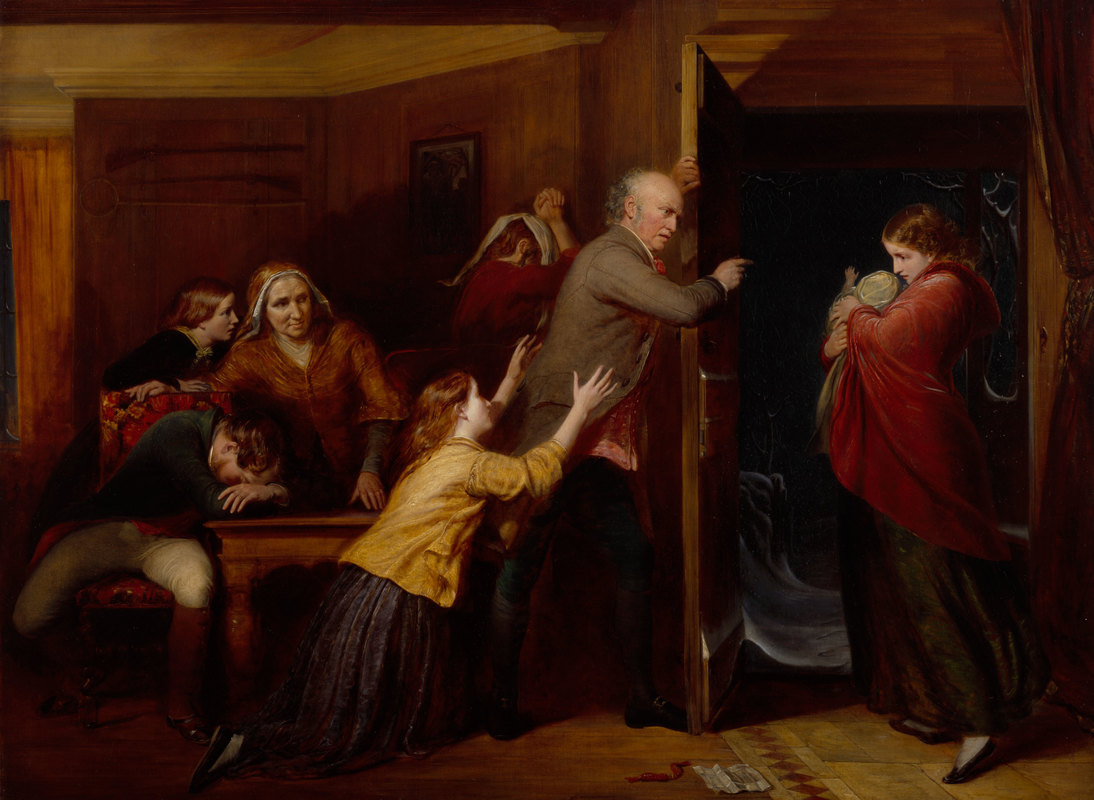
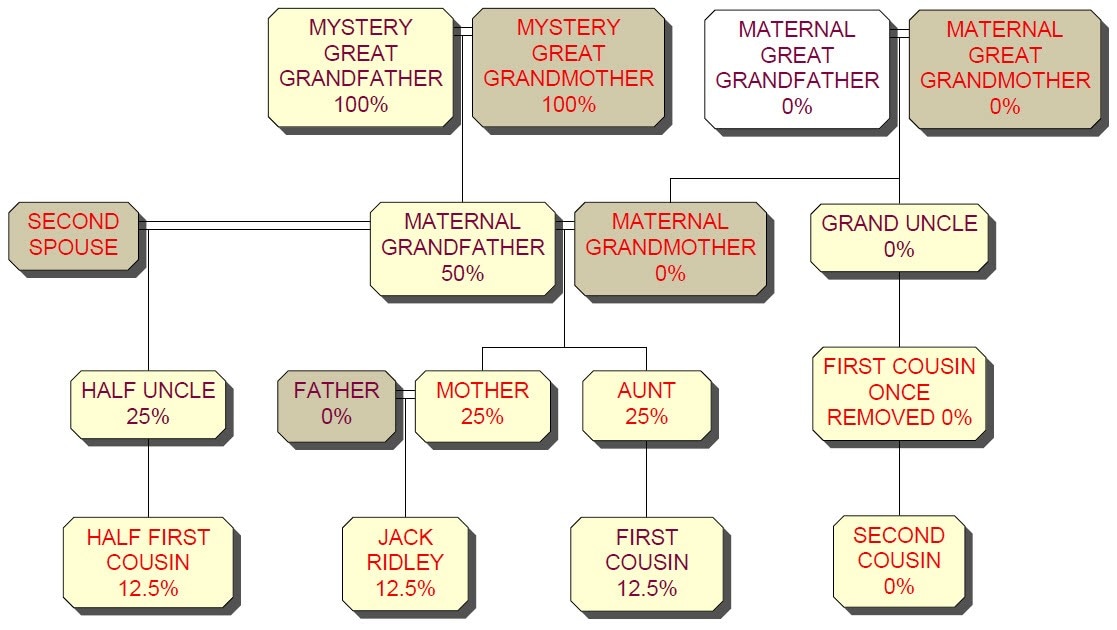
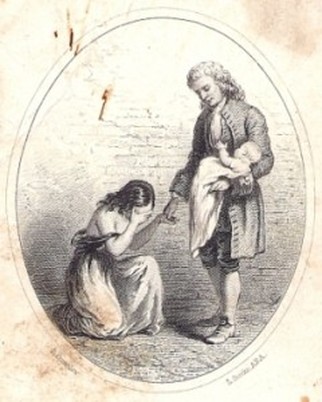
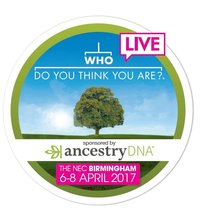
 RSS Feed
RSS Feed
